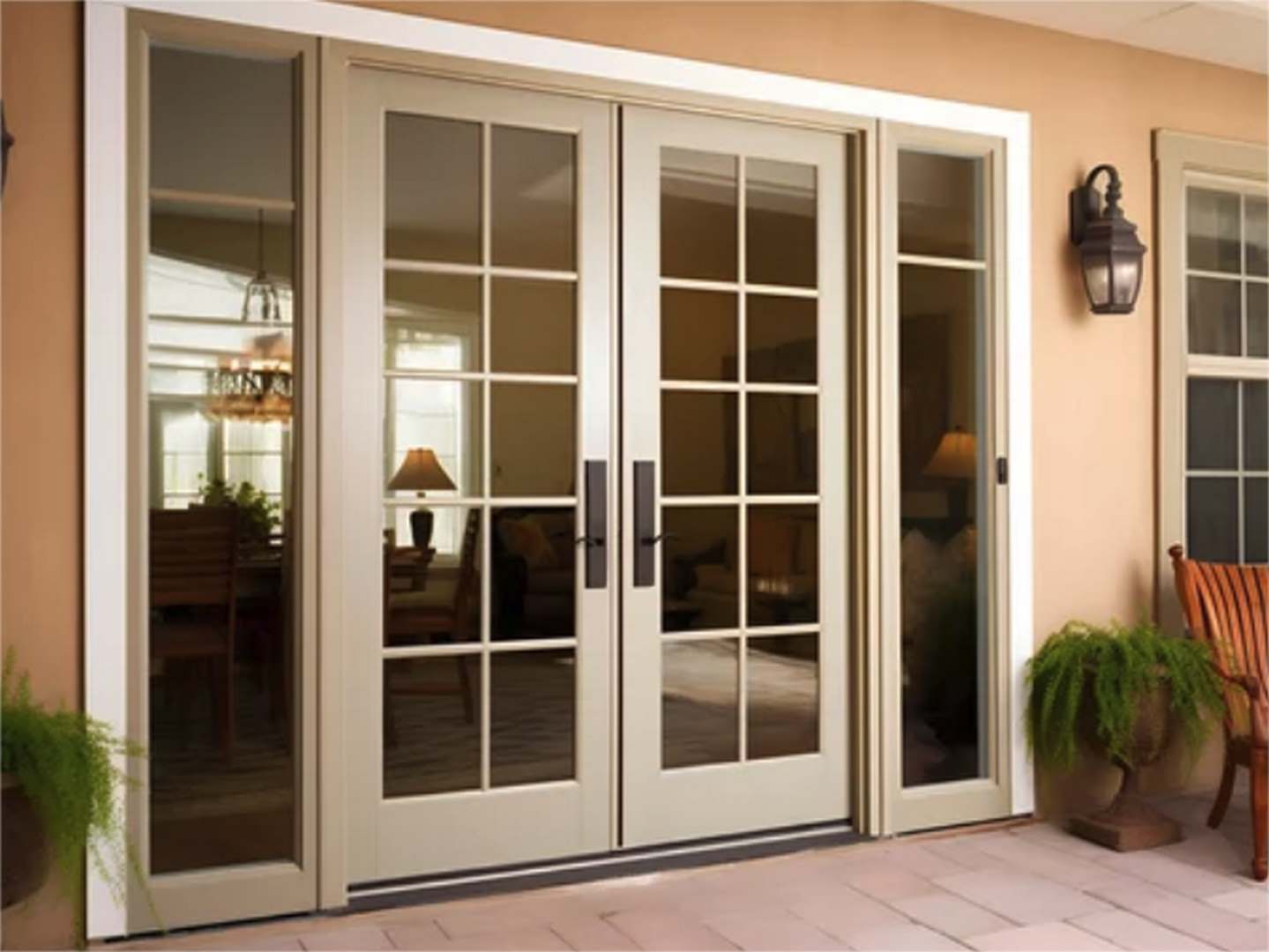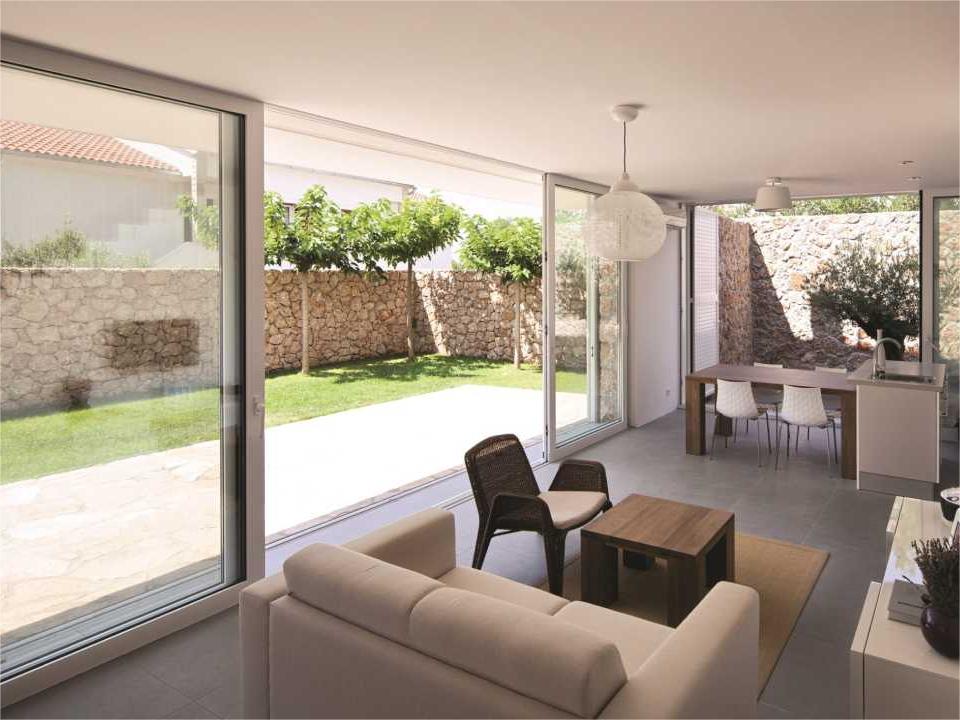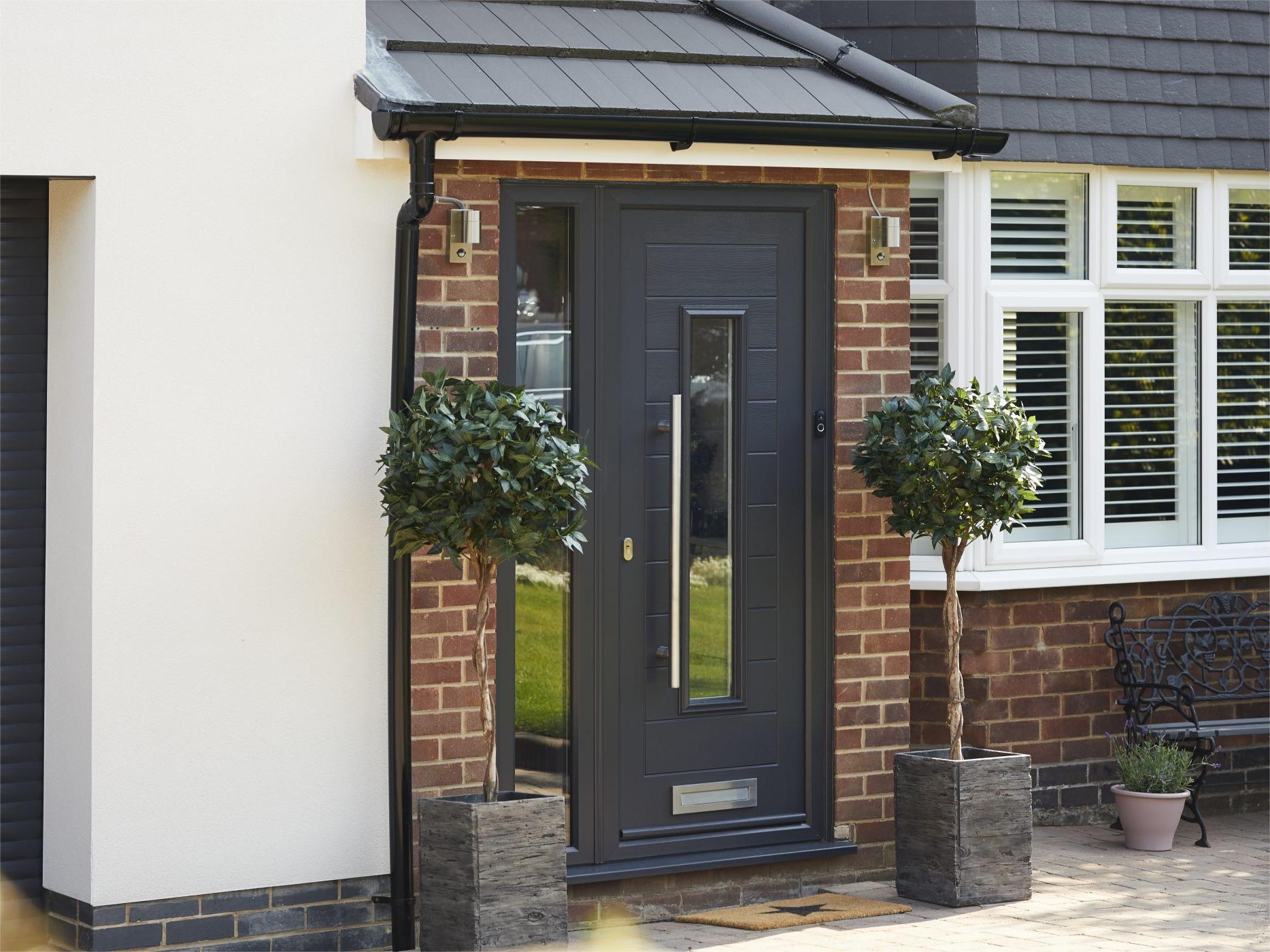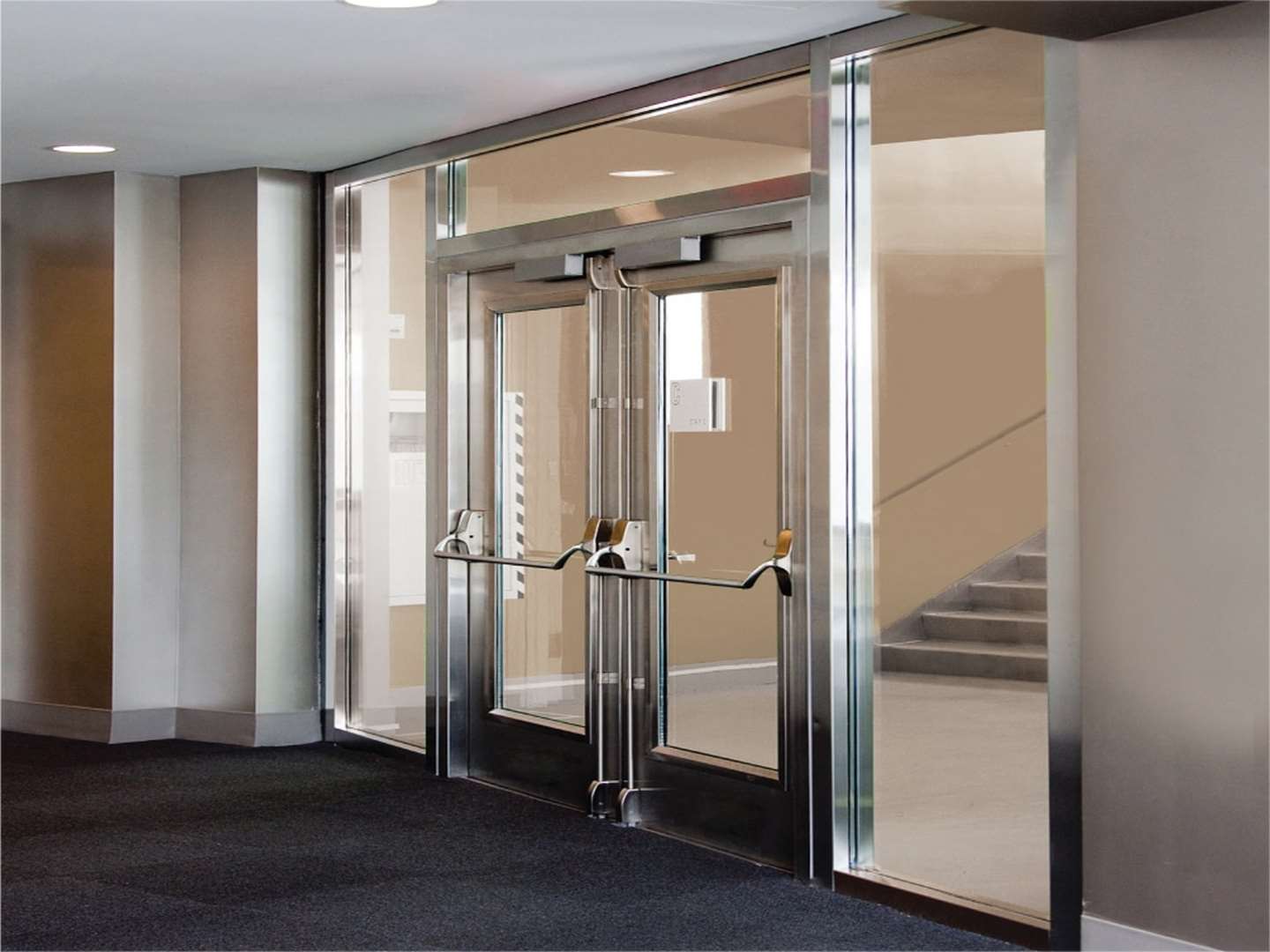What is the Best Door Frame Material? | Winsen Tile Trim Guide
Introduction
Choosing the best door frame material can be a daunting task with so many options available.
We agree that understanding the features and benefits of each material is crucial for making an informed decision.
Committing to this guide will help you navigate through the doubts surrounding the best door frame material, from traditional wood to modern composites.
In this article, we'll preview the key characteristics of five popular materials: wood, uPVC, aluminum, composite, and 304 stainless steel.
Each material has its own unique advantages and potential drawbacks.
By the end, you'll have a comprehensive understanding of these materials, helping you determine which one is the best fit for your needs.
Wood
1.Advantages
Aesthetics: Wood door frames have natural textures and a warm feel that are visually appealing.
Workability: Wood is easy to work with, can be carved and customized, and is suitable for making complex door frame designs.
Insulation: Wood has good insulation properties and can help maintain indoor temperature.
2.Disadvantages
Susceptibility to Environmental Influences: Wood is susceptible to moisture, rot, cracking, and insect infestation, and requires regular maintenance (such as painting, preservative treatment, etc.).
Higher Cost: High-quality wood is more expensive, especially high-grade woods such as oak and walnut.
Fire Risk: Wood is a combustible material and is easily damaged in a fire.
3.Cost-effectiveness
Medium: Wood door frames strike a balance between aesthetics and performance, but the cost of long-term use may be higher due to the need for regular maintenance.
4.Durability
Medium to High: Durability depends on the type of wood and maintenance. Proper maintenance can extend its service life, but wood is more susceptible to damage than other materials.
5.Application Scenarios
Widely used in villas, mansions, classical buildings, and high-end residential areas. Suitable for customers who pursue natural materials and elegant decoration. Also applicable in commercial buildings.
uPVC
1.Advantages
Weather Resistance: uPVC is corrosion-resistant, moisture-proof, mildew-proof, and requires almost no maintenance.
Insulation: uPVC has excellent thermal insulation and sound isolation effects.
Low Cost: uPVC material cost is low, and the cost of making door frames is also relatively economical.
2.Disadvantages
Low Strength: Compared with metal or composite materials, uPVC has lower strength and is easily damaged by impact.
Appearance Limitations: The appearance of uPVC door frames is relatively simple, and it is difficult to achieve the texture and beauty of wood.
Environmental Impact: uPVC may have adverse effects on the environment during production and waste treatment.
3.Cost-effectiveness
High: uPVC door frames have a high cost-effectiveness, especially suitable for projects with limited budgets but requiring better weather resistance and insulation performance.
4.Durability
High: uPVC door frames have strong durability, a long service life, and low maintenance costs under normal use conditions.
5.Application Scenarios
uPVC door frames are widely used in residential and commercial buildings, especially in low-cost housing and energy-saving buildings. They are often used in the renovation of doors and windows of old buildings because of their light weight and easy installation.
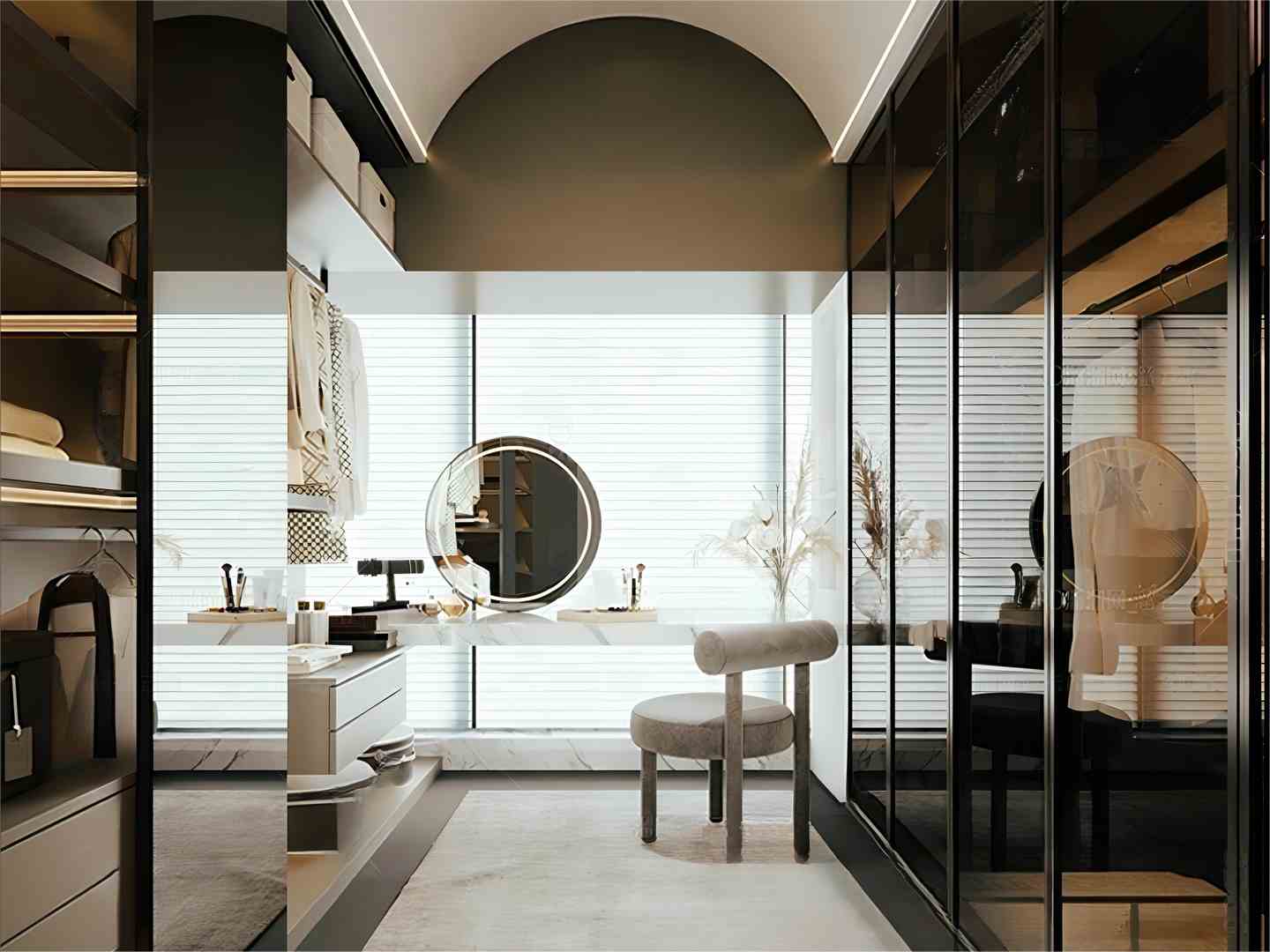
Aluminum
1.Advantages
Lightweight and High Strength: Aluminum is light but strong, suitable for door frames that require larger openings or special designs.
Corrosion Resistance: Aluminum has good corrosion resistance and is not easy to rust, making it suitable for use in humid or coastal areas.
Flexible Design: Aluminum can be made into a variety of colors and shapes, which is ideal for modern architectural styles.
2.Disadvantages
Poor Thermal Insulation Performance: Aluminum has high thermal conductivity and is prone to the thermal bridge effect. Insulation strips need to be installed to improve its thermal insulation performance.
Relatively High Cost: The production cost of high-quality aluminum alloy door frames is high.
3.Cost-effectiveness
Medium to High: The cost-effectiveness of aluminum door frames is reflected in their strength and design flexibility. However, attention should be paid to improving thermal insulation performance, making them suitable for the mid-to-high-end market.
4.Durability
High: Aluminum door frames have excellent durability, long service life, and low maintenance requirements.
5.Application Scenarios
Modern buildings, especially glass curtain walls and high-rise buildings. Ideal for modern style wine cabinet door frames, cabinet door frames. Aluminum door frames are often used in high-end residences to support balconies, terraces, and large-area glass doors and windows.
Composite
1.Advantages
Versatility: Composite materials combine the advantages of multiple materials, such as the beauty of wood, the strength of metal, and the weather resistance of plastic.
High Strength: Composite materials have very high strength and rigidity, allowing them to withstand large external forces.
Easy Maintenance: Composite materials are resistant to deformation, cracking, and corrosion, making maintenance simple.
2.Disadvantages
High Cost: Due to the complexity of the material and the production process, the cost of composite door frames is generally higher.
Heavy Weight: Some composite materials have high density, resulting in heavier door frames, which may increase the difficulty of installation.
3.Cost-effectiveness
Medium to High: Composite door frames are usually used in the high-end market. Although the cost is higher, the performance and durability are excellent, making the long-term use cost low.
4.Durability
Extremely High: Composite door frames typically have outstanding durability and can maintain stable performance in various harsh environments.
5.Application Scenarios
High-performance Buildings: Composite door frames are widely used in high-performance buildings, such as passive houses, low-energy buildings, and commercial buildings.
Special Environments: Due to their excellent chemical resistance and structural strength, composite door frames are often used in laboratories, chemical plants, and other specialized environments.
304 Stainless Steel
1.Advantages
Extremely High Corrosion Resistance: 304 stainless steel has excellent corrosion resistance, making it particularly suitable for humid and highly corrosive environments.
Strength and Durability: 304 stainless steel door frames boast extremely high strength and durability, capable of withstanding large impacts and loads.
Low Maintenance: Stainless steel materials are resistant to deformation and corrosion, requiring almost no maintenance.
2.Disadvantages
High Cost: 304 stainless steel materials and processing costs are high, making the cost of producing door frames correspondingly high.
High Thermal Conductivity: Similar to aluminum, 304 stainless steel has high thermal conductivity, necessitating additional insulation measures.
3.Cost-effectiveness
Medium: Although the cost of 304 stainless steel door frames is high, its excellent performance and durability make it highly cost-effective in specific special environments.
4.Durability
Extremely High: 304 stainless steel door frames can be used for a long time in almost any environment, making them one of the most durable materials available.
5.Application Scenarios
Industrial and Commercial Use: Widely used in industrial buildings, hospitals, laboratories, and other environments requiring high strength and corrosion resistance.
High-end Residences: In high-end residences, 304 stainless steel door frames are often used in key locations such as security doors and fire doors to provide additional protection.
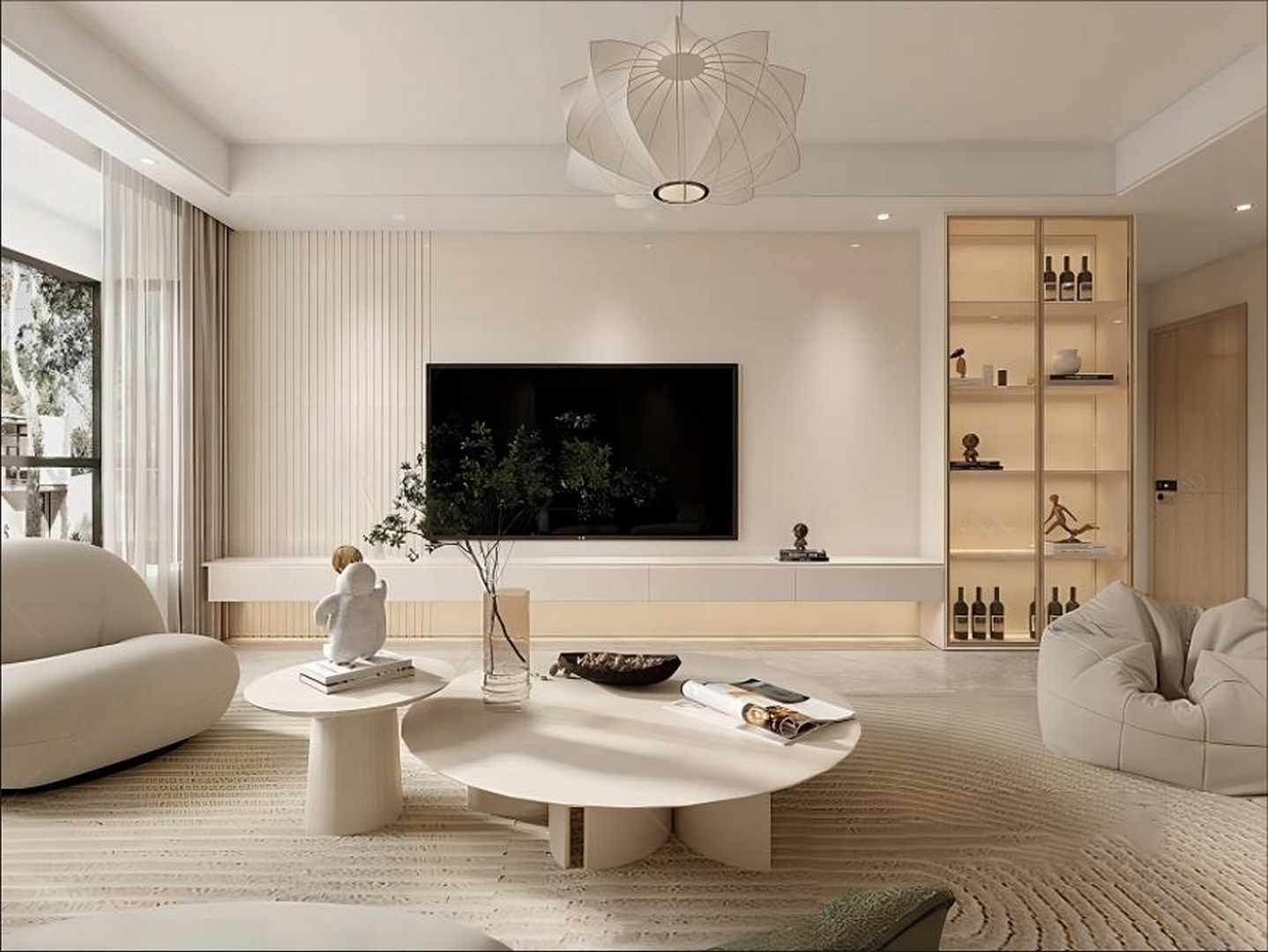
Conclusion
Choosing the best door frame material depends on various factors, including aesthetics, durability, cost, and application scenarios.
Wood offers a natural look and excellent insulation but requires regular maintenance.
uPVC is affordable and weather-resistant, ideal for budget-conscious projects needing good insulation.
Aluminum provides strength and design flexibility but requires additional insulation.
Composite materials combine the best attributes of multiple materials, offering high strength and easy maintenance, though at a higher cost.
Finally, 304 stainless steel excels in durability and corrosion resistance, making it perfect for demanding environments, despite its high cost.
Each material addresses specific needs, from aesthetic appeal and strength to budget constraints and environmental resistance, ensuring a tailored solution for any project.
Welcome to know more detailed information about products in WINSEN.
